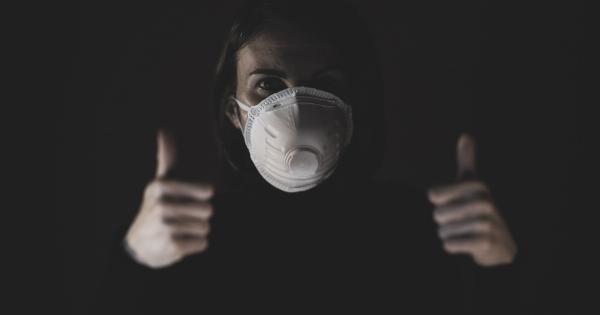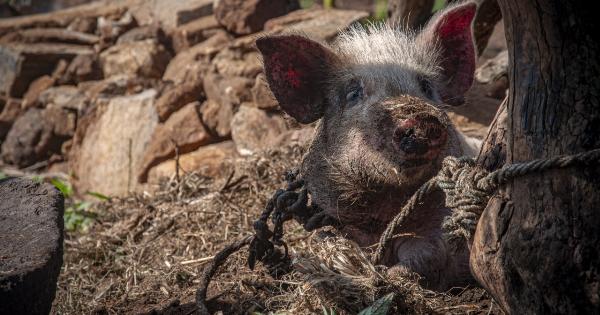Brucellosis, also known as Malta fever or Mediterranean fever, is a globally prevalent zoonotic disease caused by various species of the genus Brucella.
This bacterial infection primarily affects animals, but it can also be transmitted to humans through various modes. Understanding the modes of transmission is crucial for preventing and controlling the spread of brucellosis. In this article, we will explore the different ways in which brucellosis can be transmitted.
1. Direct Contact with Infected Animals
One of the primary modes of transmission for brucellosis is through direct contact with infected animals. This includes handling, slaughtering, or consuming contaminated animal products such as unpasteurized milk or cheese.
Brucella organisms can be present in the blood, milk, urine, and other bodily fluids of infected animals, making direct contact a significant risk factor.
2. Inhalation of Contaminated Aerosols
Brucella bacteria can survive in the environment for prolonged periods, and when dried, they can become airborne. Inhalation of contaminated aerosols is a potential mode of transmission, particularly in settings where infected animals are present.
Farmers, veterinarians, and laboratory workers are at an increased risk of contracting brucellosis through inhalation of these aerosols.
3. Consumption of Contaminated Food and Water
Consuming contaminated food and water is another important mode of transmission for brucellosis. Ingesting raw or undercooked meat from infected animals can introduce the bacteria into the human body.
Similarly, drinking unpasteurized milk or consuming dairy products made from infected milk can also transmit the infection.
4. Occupational Exposure
Occupational exposure plays a significant role in the transmission of brucellosis. People who work closely with infected animals, such as farmers, livestock handlers, and laboratory personnel, are at a higher risk of contracting the disease.
Lack of proper protective measures and inadequate hygiene practices in such occupational settings contribute to the increased transmission risk.
5. Vertical Transmission
Vertical transmission refers to the transmission of brucellosis from an infected mother to her fetus. Although relatively rare, it is an important mode to consider, as it can lead to congenital brucellosis in newborns.
The transmission can occur during pregnancy or childbirth, and the severity of infection in the fetus depends on various factors such as gestational age and maternal immune response.
6. Laboratory Accidents
Accidental exposure to Brucella cultures in laboratories can result in infection. This mode of transmission is mainly restricted to laboratory personnel working with the bacteria for research or diagnostic purposes.
Strict adherence to biosafety measures and the use of personal protective equipment are essential to prevent such accidents.
7. Transmission through Vectors
In rare cases, certain arthropod vectors, such as ticks, mosquitoes, and fleas, have been implicated in the transmission of brucellosis.
While the primary mode of transmission remains direct contact with infected animals, these vectors can act as mechanical or biological carriers of the bacteria. However, the role of vectors in the transmission of brucellosis is not fully understood, and further research is needed to establish their significance.
8. Transplacental Transmission in Animals
Similar to vertical transmission in humans, brucellosis can also be transmitted between animals through transplacental transmission. Infected pregnant animals can pass the infection to their offspring in the womb.
This mode of transmission contributes to the persistence of brucellosis in animal populations and can pose challenges for controlling the disease.
9. Transmission through Artificial Insemination
Artificial insemination can serve as a mode of transmission for brucellosis in animals. If the semen used for artificial insemination comes from an infected bull, it can transmit the infection to the female recipient.
This highlights the importance of strict screening and testing protocols to prevent the spread of brucellosis through reproductive techniques.
10. Organ Transplantation
In rare cases, brucellosis has been transmitted through organ transplantation. This mode of transmission occurs when an infected organ from a donor is transplanted into a recipient.
Robust screening processes and careful evaluation of potential donors are essential to minimize the risk of transmitting brucellosis through organ transplantation.































